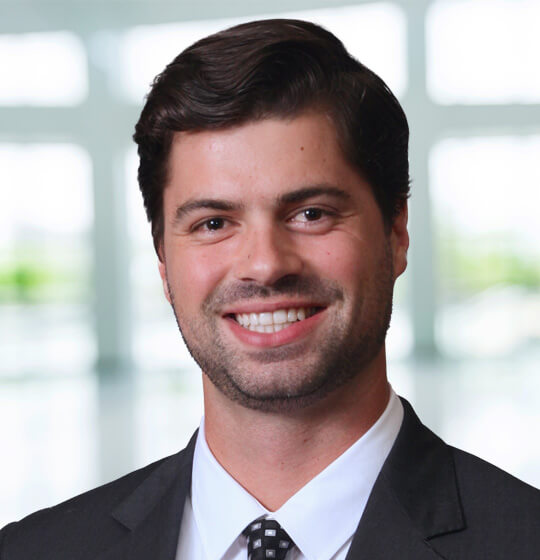Quick Hits
- Employers may include HSAs and student loan payments among their employees’ allocation choices for employer contributions to benefit plans.
- Some employers provide flexibility with regard to the allocation of their employer contributions among benefit plans as a way to enhance recruiting and retention.
- New contribution limits will kick in for HSAs and health reimbursement arrangements (HRAs) for 2025.
Many employers and HR professionals have finished the open enrollment period for the 2025 plan year and are beginning to make the next strategic decisions about their benefit plans for the future. A recent clarification in IRS policy permits employers to offer a broader range of options for allocations of employer contributions among benefit plans.
Because workers vary in age and life goals, some employers prefer to let their workers choose how to distribute employer contributions to benefit plans to best suit their personal situations.
On May 20, 2024, the IRS issued a private letter ruling allowing employees to allocate an employer contribution among four benefits outside of a cafeteria plan. The IRS previously released two private letter rulings that sanctioned the choice between a retiree HRA contribution and a defined contribution plan contribution, such as to a 401(k) plan. The new letter expands that choice to include HSAs and student loan payments under a qualified educational assistance program.
The employee’s irrevocable election must be made on an annual basis and is subject to any applicable contribution limitations for the respective benefit plan. The limit for HRA contributions will be $2,150 in 2025. The maximum contribution to an HSA will be $4,300 for self-only coverage and $8,550 for family coverage in 2025.
Constructive Receipt
Under IRS rules, a worker must pay taxes on all income constructively received, meaning income that is available to and accessible by the worker, regardless of whether the worker has yet physically received or exercised control over the income. The tax is due because the worker can control or utilize those funds, and the tax system is designed not to permit an individual to make a choice that determines whether income is taxable now or in a future tax year.
Thus, employees who have a choice between a nontaxable benefit (such as an HRA contribution) and a taxable option (such as cash), are generally treated as if they picked the taxable benefit under the constructive receipt principle because they could have chosen to receive the taxable benefit. There are limited situations in which an employee is permitted to choose between cash or a benefit that is taxable now and a benefit that is tax-deferred or not taxable, such as contributions to a 401(k) plan or choices made within a Section 125 cafeteria plan.
However, when an employee is allocating employer contributions between two or more nontaxable benefits, the constructive receipt principle does not require that the amount be included in income because there is no taxable benefit involved. This is the basis for the IRS approving the allocation choices addressed in the May 2024 private letter ruling, as all of the choices are either not taxable or not currently taxable.
A Section 125 cafeteria plan is a more common means of offering a choice to allocate employer contributions among benefits, but that approach was not available in this situation because HRAs are not a qualifying benefit to be included in a cafeteria plan. Therefore, the IRS clarified that HRAs could be included in an allocation choice outside of a cafeteria plan.
Next Steps
Employers may wish to consider whether an allocation choice for discretionary employer contributions, either through a Section 125 cafeteria plan or outside one as outlined in the private letter ruling, is suitable and desirable for their workforces. Such benefits could be worthwhile if they improve the employer’s ability to recruit and retain talent.
Bear in mind that IRS private letter rulings are not law and are only binding to the letter recipient.
Ogletree Deakins’ Employee Benefits and Executive Compensation Practice Group will continue to monitor developments and will provide updates on the Employee Benefits and Executive Compensation blog as additional information becomes available.
Katrina M. Clingerman is a shareholder in Ogletree Deakins’ Indianapolis office.
Thomas P. Gerard is an associate in Ogletree Deakins’ Atlanta office.
This article was co-authored by Leah J. Shepherd, who is a writer in Ogletree Deakins’ Washington, D.C., office.
Follow and Subscribe






